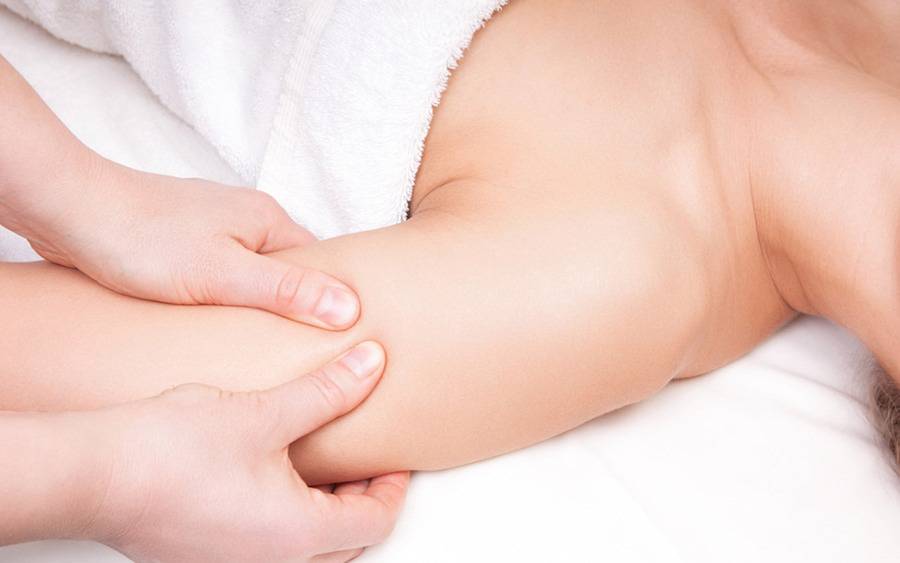What Are The Benefits of Lymphedema Therapy?
Lymphedema treatment can reduce swelling and pain

Lymphedema treatment can reduce swelling and pain
Lymphedema is a swelling condition that commonly occurs in the arm and leg. If left untreated, it can lead to progressive tissue swelling.
While it is not curable, lymphedema can be treated to alleviate pain and swelling and reduce the risks of infection. Many people with the condition benefit from lymphedema physical therapy.
Lymphedema treatment and therapy are available at Scripps Memorial Hospital La Jolla; Scripps Green Sports and Physical Therapy and Scripps Memorial Encinitas Outpatient Physical Rehabilitation. A physician’s referral is needed to begin the evaluation and lymphedema treatment process.
What causes lymphedema?
Lymphedema can result from damage or trauma to the lymphatic system or removal of lymph nodes. The lymphatic system is part of the immune system and helps fight off illnesses and infections.
When the lymphatic system is damaged or not working well, lymphatic fluid can build up in the affected area and cause swelling. In addition, lymphedema can lead to open wounds, skin discoloration and infection that can result in loss of mobility.
“In the United States, the most common cause of lymphedema is from surgery, either breast cancer or melanoma surgery, or any surgery that requires lymph node removal with radiation,” says Manish Champaneria, MD, a plastic surgeon and lymphedema specialist at Scripps.
In certain cases, surgery is an option. Different lymphedema procedures are available at Scripps.
What is lymphedema therapy?
Lymphedema therapy focuses on relieving swelling in the arms and legs by moving lymphatic fluid out of the affected limbs. It can also prevent additional swelling.
“A lymphedema therapist can show you how to use a compression sleeve, which helps squeeze fluid from the arm or leg toward the center of the body,” Dr. Champaneria says.
“Another option is manual lymphatic drainage, which is a therapeutic massage of the arm or the leg to help push the fluid toward the center of the body.”
Therapy may also include:
- Lymphedema exercises
- Education to prevent complications
- Skin care, hygiene recommendations
Lymphedema home care
People with lymphedema can do many things at home to help manage the condition including:
Taking care of your skin
Apply lotion in your affected body part to prevent dry skin and help avoid infections.
Taking care of your whole body
Eat healthy, including less salt and more vegetables and fruits. Manage stress and try to get good sleep at night. Exercising can help reduce swelling.
Knowing when to see your doctor
Call your doctor if you have symptoms that could be from an infection, such as fever, redness or increased pain, open sores or areas of broken skin.